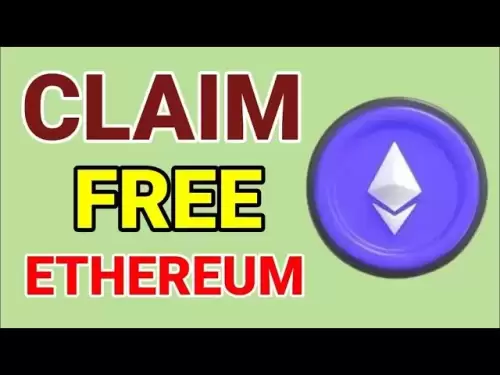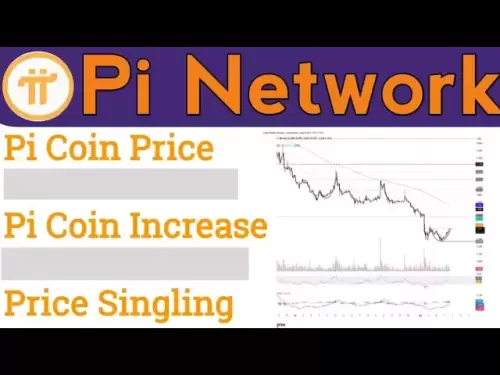-
 Bitcoin
Bitcoin $116900
0.00% -
 Ethereum
Ethereum $4280
5.48% -
 XRP
XRP $3.265
-1.45% -
 Tether USDt
Tether USDt $1.000
-0.01% -
 BNB
BNB $807.0
1.41% -
 Solana
Solana $183.1
2.93% -
 USDC
USDC $0.9999
0.00% -
 Dogecoin
Dogecoin $0.2440
6.50% -
 TRON
TRON $0.3357
-0.88% -
 Cardano
Cardano $0.8178
2.63% -
 Hyperliquid
Hyperliquid $44.13
7.45% -
 Chainlink
Chainlink $21.39
9.09% -
 Stellar
Stellar $0.4524
-0.84% -
 Sui
Sui $3.957
2.13% -
 Bitcoin Cash
Bitcoin Cash $572.7
-2.54% -
 Hedera
Hedera $0.2671
1.54% -
 Avalanche
Avalanche $24.77
4.17% -
 Ethena USDe
Ethena USDe $1.001
0.02% -
 Litecoin
Litecoin $122.3
-1.94% -
 Toncoin
Toncoin $3.432
2.26% -
 UNUS SED LEO
UNUS SED LEO $9.007
0.49% -
 Shiba Inu
Shiba Inu $0.00001396
5.26% -
 Uniswap
Uniswap $11.09
1.64% -
 Polkadot
Polkadot $4.155
4.57% -
 Dai
Dai $1.000
0.00% -
 Pepe
Pepe $0.00001253
5.11% -
 Cronos
Cronos $0.1588
2.67% -
 Bitget Token
Bitget Token $4.512
0.05% -
 Monero
Monero $275.0
0.64% -
 Ethena
Ethena $0.7527
15.10%
How to set KAIA price alerts? What are some useful tools recommended?
Set up KAIA price alerts on CoinMarketCap, CoinGecko, or use apps like Blockfolio and Crypto Pro to stay updated on market movements without constant monitoring.
May 07, 2025 at 04:15 pm
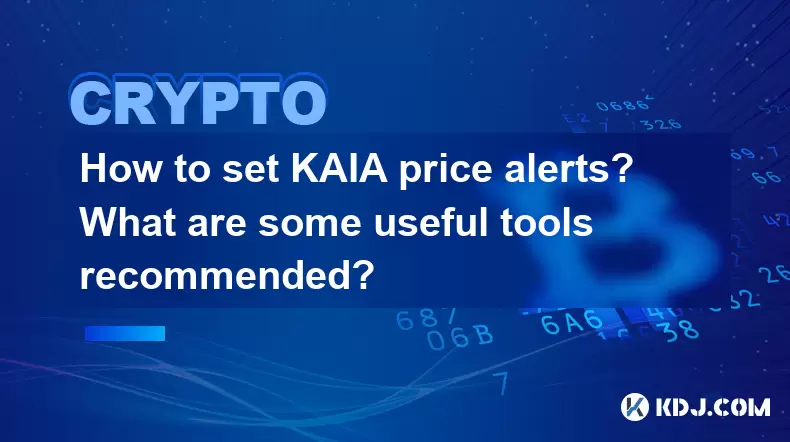
Setting up price alerts for KAIA, the native token of the Klaytn blockchain, can be crucial for investors and traders who want to stay updated on market movements without constantly monitoring the price. In this article, we will guide you through the process of setting up KAIA price alerts using various tools and platforms. We'll also recommend some useful tools that can help you manage your cryptocurrency investments more effectively.
Understanding KAIA Price Alerts
Price alerts are notifications that you can set up to inform you when the price of KAIA reaches a specific threshold. These alerts can be configured to notify you via email, SMS, push notifications, or even through social media platforms. Setting up price alerts allows you to take timely action, whether it's to buy, sell, or simply monitor the market trends.
Using Crypto Alert Platforms
One of the most straightforward ways to set up KAIA price alerts is by using dedicated crypto alert platforms. Here are some popular options:
1. CoinMarketCap
CoinMarketCap is a widely used platform for tracking cryptocurrency prices. To set up KAIA price alerts on CoinMarketCap, follow these steps:
- Visit the CoinMarketCap website and search for KAIA.
- Click on the KAIA page and scroll down to the "Price Alerts" section.
- Click on "Create Price Alert" and set your desired price thresholds.
- Choose your preferred notification method (email, SMS, or push notification).
- Confirm the alert and you will receive notifications when the price hits your set thresholds.
2. CoinGecko
CoinGecko is another reliable platform for setting up price alerts. Here’s how you can set up KAIA alerts on CoinGecko:
- Go to the CoinGecko website and search for KAIA.
- Navigate to the KAIA page and find the "Alerts" button.
- Click on "Alerts" and select "Price Alert."
- Enter your desired price levels and choose your notification preferences.
- Save the alert and you will be notified when the price reaches your specified levels.
Using Mobile Apps
Mobile apps offer a convenient way to set up price alerts on the go. Here are some recommended apps for setting up KAIA price alerts:
1. Blockfolio
Blockfolio is a popular mobile app for tracking cryptocurrency portfolios and setting up price alerts. To set up KAIA alerts in Blockfolio, follow these steps:
- Download and install the Blockfolio app from your app store.
- Create an account or log in if you already have one.
- Add KAIA to your portfolio by searching for it and selecting it.
- Go to the KAIA asset page and tap on the "Alerts" icon.
- Set your desired price thresholds and choose your notification preferences.
- Save the alert and you will receive notifications when the price hits your set levels.
2. Crypto Pro
Crypto Pro is another robust mobile app that allows you to set up price alerts for KAIA. Here’s how to do it:
- Download and install the Crypto Pro app from your app store.
- Create an account or log in if you already have one.
- Search for KAIA and add it to your watchlist.
- Tap on the KAIA asset and find the "Alerts" section.
- Set your desired price levels and select your preferred notification method.
- Confirm the alert and you will be notified when the price reaches your specified thresholds.
Using Browser Extensions
Browser extensions can be an efficient way to set up KAIA price alerts without leaving your browser. Here are some recommended extensions:
1. Delta
Delta is a browser extension that allows you to track cryptocurrency prices and set up alerts. Here’s how to set up KAIA alerts with Delta:
- Install the Delta browser extension from your browser’s extension store.
- Create an account or log in if you already have one.
- Add KAIA to your watchlist by searching for it and selecting it.
- Go to the KAIA asset page and click on the "Alerts" icon.
- Set your desired price thresholds and choose your notification preferences.
- Save the alert and you will receive notifications when the price hits your set levels.
2. Crypto Alert
Crypto Alert is another useful browser extension for setting up KAIA price alerts. Here’s how to use it:
- Install the Crypto Alert extension from your browser’s extension store.
- Create an account or log in if you already have one.
- Search for KAIA and add it to your watchlist.
- Click on the KAIA asset and find the "Alerts" section.
- Set your desired price levels and select your preferred notification method.
- Confirm the alert and you will be notified when the price reaches your specified thresholds.
Using Trading Platforms
Some trading platforms also offer built-in features for setting up price alerts. Here are a couple of examples:
1. Binance
Binance is one of the largest cryptocurrency exchanges and offers a feature to set up price alerts for KAIA. Here’s how to do it:
- Log in to your Binance account and navigate to the KAIA trading page.
- Click on the "Alerts" icon on the KAIA chart.
- Set your desired price thresholds and choose your notification preferences.
- Save the alert and you will receive notifications when the price hits your set levels.
2. KuCoin
KuCoin is another popular exchange that allows you to set up KAIA price alerts. Here’s how to set them up:
- Log in to your KuCoin account and go to the KAIA trading page.
- Click on the "Alerts" icon on the KAIA chart.
- Set your desired price levels and select your preferred notification method.
- Confirm the alert and you will be notified when the price reaches your specified thresholds.
Frequently Asked Questions
Q: Can I set up multiple price alerts for KAIA on the same platform?
A: Yes, most platforms and apps allow you to set up multiple price alerts for the same cryptocurrency. You can set alerts for different price thresholds or for different notification methods.
Q: Are there any fees associated with setting up KAIA price alerts?
A: Generally, setting up price alerts is free on most platforms and apps. However, some platforms may charge for premium features or advanced alert options.
Q: Can I set up price alerts for other cryptocurrencies on the same platforms used for KAIA?
A: Yes, the platforms and apps mentioned in this article support setting up price alerts for a wide range of cryptocurrencies, not just KAIA.
Q: How quickly will I receive notifications after a price alert is triggered?
A: The speed of notifications can vary depending on the platform and the method of notification. Push notifications and SMS alerts are typically the fastest, while email notifications may take a bit longer to arrive.
Disclaimer:info@kdj.com
The information provided is not trading advice. kdj.com does not assume any responsibility for any investments made based on the information provided in this article. Cryptocurrencies are highly volatile and it is highly recommended that you invest with caution after thorough research!
If you believe that the content used on this website infringes your copyright, please contact us immediately (info@kdj.com) and we will delete it promptly.
- Shiba Inu, Pepe, and Remittix: A Tale of Memes, Hype, and Real-World Utility
- 2025-08-10 08:30:12
- Ethereum Price, ETH Tokens, Rally Prediction: Is a New All-Time High In Sight?
- 2025-08-10 08:30:12
- XRP, Elon Musk, and Wealth: A Crypto Conundrum
- 2025-08-10 08:50:12
- Retire Early with Crypto: High-Conviction Plays Beyond Bitcoin
- 2025-08-10 08:50:12
- BlockDAG, Render, and Polkadot: Charting the Course for Long-Term Crypto Dominance
- 2025-08-10 08:55:21
- Toncoin's Ascent: Price Predictions and the VERB Strategy Impact
- 2025-08-10 08:55:21
Related knowledge

How to purchase Aragon (ANT)?
Aug 09,2025 at 11:56pm
Understanding Aragon (ANT) and Its PurposeAragon (ANT) is a decentralized governance token that powers the Aragon Network, a platform built on the Eth...

Where can I buy UMA (UMA)?
Aug 07,2025 at 06:42pm
Understanding UMA and Its Role in Decentralized FinanceUMA (Universal Market Access) is an Ethereum-based decentralized finance (DeFi) protocol design...

How to buy Storj (STORJ) tokens?
Aug 09,2025 at 07:28am
Understanding Storj (STORJ) and Its Role in Decentralized StorageStorj is a decentralized cloud storage platform that leverages blockchain technology ...
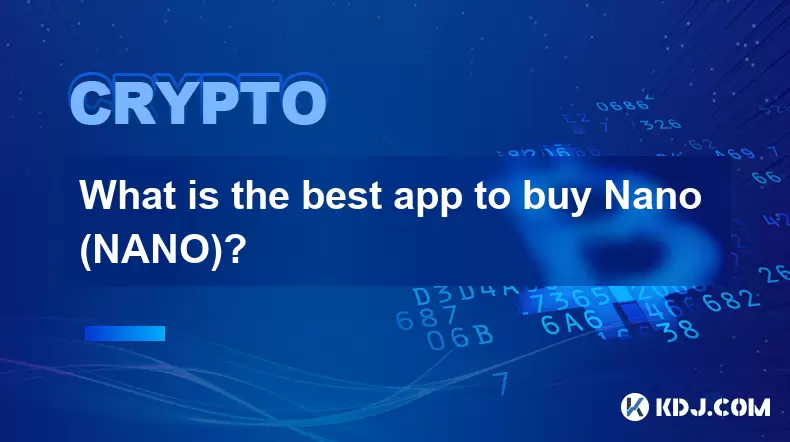
What is the best app to buy Nano (NANO)?
Aug 09,2025 at 03:35am
Understanding Nano (NANO) and Its Unique FeaturesNano is a feeless, instant cryptocurrency designed for fast peer-to-peer transactions. Unlike many ot...
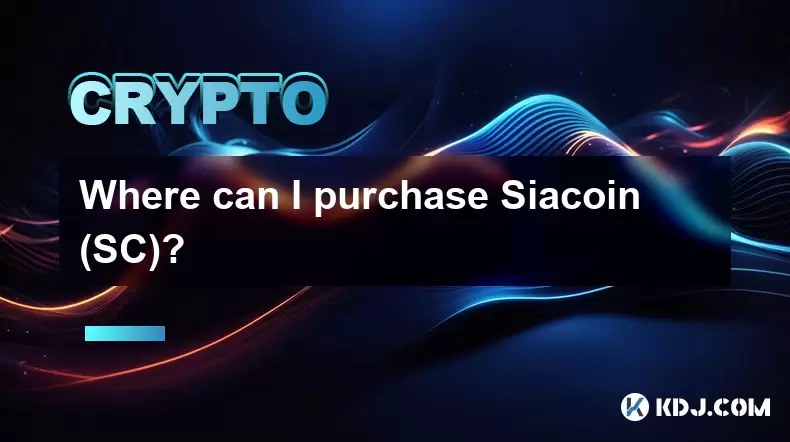
Where can I purchase Siacoin (SC)?
Aug 08,2025 at 11:14am
Understanding Siacoin (SC) and Its Role in the Sia NetworkSiacoin (SC) is the native cryptocurrency of the Sia decentralized cloud storage platform, a...
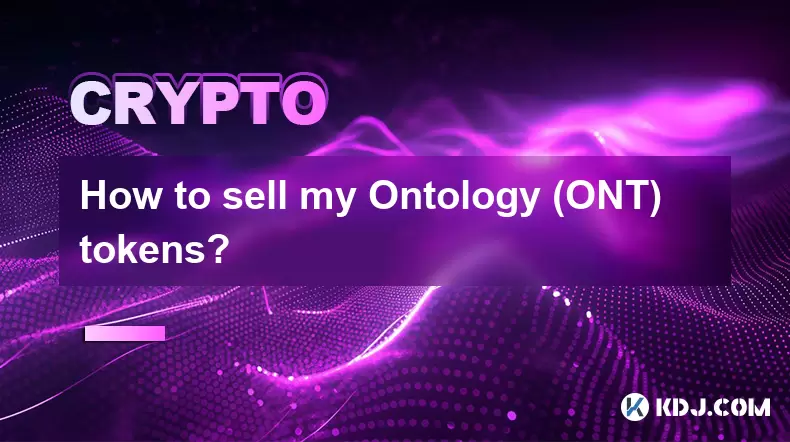
How to sell my Ontology (ONT) tokens?
Aug 09,2025 at 06:08pm
Understanding Ontology (ONT) and Its Trading EcosystemBefore selling your Ontology (ONT) tokens, it's essential to understand the nature of the crypto...

How to purchase Aragon (ANT)?
Aug 09,2025 at 11:56pm
Understanding Aragon (ANT) and Its PurposeAragon (ANT) is a decentralized governance token that powers the Aragon Network, a platform built on the Eth...

Where can I buy UMA (UMA)?
Aug 07,2025 at 06:42pm
Understanding UMA and Its Role in Decentralized FinanceUMA (Universal Market Access) is an Ethereum-based decentralized finance (DeFi) protocol design...

How to buy Storj (STORJ) tokens?
Aug 09,2025 at 07:28am
Understanding Storj (STORJ) and Its Role in Decentralized StorageStorj is a decentralized cloud storage platform that leverages blockchain technology ...

What is the best app to buy Nano (NANO)?
Aug 09,2025 at 03:35am
Understanding Nano (NANO) and Its Unique FeaturesNano is a feeless, instant cryptocurrency designed for fast peer-to-peer transactions. Unlike many ot...

Where can I purchase Siacoin (SC)?
Aug 08,2025 at 11:14am
Understanding Siacoin (SC) and Its Role in the Sia NetworkSiacoin (SC) is the native cryptocurrency of the Sia decentralized cloud storage platform, a...

How to sell my Ontology (ONT) tokens?
Aug 09,2025 at 06:08pm
Understanding Ontology (ONT) and Its Trading EcosystemBefore selling your Ontology (ONT) tokens, it's essential to understand the nature of the crypto...
See all articles





















